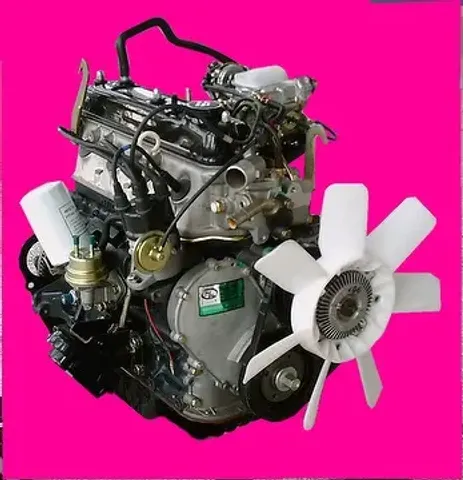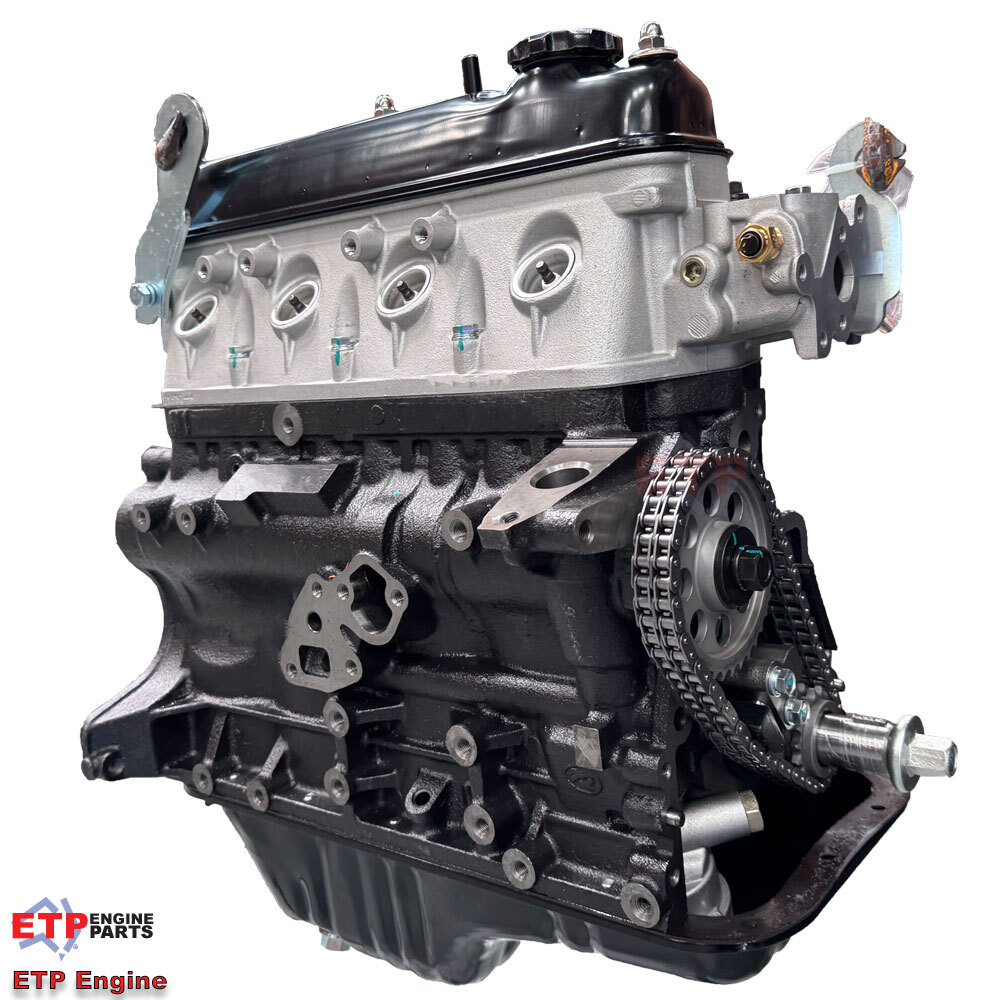Discovering the Various Sorts Of Engine: Which One Fits Your Needs?
Inner burning engines proceed to dominate due to their integrity, while electric engines are acquiring grip for their sustainability. Crossbreed engines provide a versatile concession, and diesel engines stand out for their power in demanding applications.

Inner Combustion Engines
Internal combustion engines (ICEs) are the backbone of contemporary transportation, powering a large variety of vehicles from autos to planes. These engines operate the concept of converting fuel right into power through a series of controlled surges within a combustion chamber. One of the most common sorts of ICEs include gasoline engines, diesel engines, and rotary engines, each made to fulfill specific efficiency and efficiency demands.
Gasoline engines normally utilize stimulate ignition, while diesel engines rely upon compression ignition, causing unique differences in gas performance and power outcome (4y engine). Rotating engines, or Wankel engines, provide a compact design and smooth operation, however are much less generally used in mainstream applications
ICEs have actually undertaken substantial developments in technology, including the introduction of turbocharging and fuel shot systems, which enhance total effectiveness and performance. Despite their performance improvements, ICEs deal with raising analysis due to their ecological effect, specifically concerning greenhouse gas exhausts. As the automotive market progresses, the future of ICEs remains a topic of debate, balancing performance, performance, and environmental factors to consider. They continue to play a crucial function in worldwide transport infrastructure.
Electric Engines
As worries regarding environmental sustainability and fossil fuel reliance grow, electric engines have actually arised as an engaging alternative to inner burning engines. These engines utilize electric motors powered by batteries or gas cells, giving a cleaner and much more effective methods of propulsion.
One of the primary advantages of electric engines is their lowered emissions. Unlike standard engines that melt fossil fuels, electrical engines produce absolutely no tailpipe emissions, considerably reducing air pollution and contributing to improved public health and wellness. Furthermore, the performance of electrical motors frequently exceeds that of inner burning engines, converting a better percentage of energy from the power source into useful power for activity.
Electric engines are additionally noteworthy for their peaceful procedure, making them suitable for metropolitan environments. 4y engine. The simpleness of their design leads to fewer moving components, which can cause minimized maintenance expenses and increased integrity gradually
However, challenges continue to be, including battery manufacturing impacts, charging framework, and array constraints. Despite these difficulties, the growing investment in electric automobile technology and sustainable power sources points towards an encouraging future for electric engines, positioned to play an essential function in the change towards sustainable transportation.
Hybrid Engines
Mixing the benefits of both electric and conventional inner burning engines, hybrid engines stand for a versatile option in the pursuit for reliable and sustainable transportation. These engines integrate a fuel or diesel motor with an electrical motor, permitting for improved fuel efficiency and decreased discharges contrasted to standard lorries.
Crossbreed engines run in numerous settings, utilizing the electrical motor for low-speed driving and the inner combustion engine for higher speeds or when more power is needed. This dynamic operation not only enhances fuel economy however also adds to a smoother driving experience. Regenerative braking is another crucial feature, capturing energy generally lost during stopping and rerouting it to more tips here reenergize the battery.

As consumers significantly prioritize eco-friendliness, crossbreed engines attract attention as a sensible selection, using a reliable equilibrium of efficiency, performance, and environmental responsibility. This versatility makes them suitable for city commuting and long-distance traveling alike.
Diesel Engines
Efficiency and power are trademarks of diesel engines, which have actually long been favored for their toughness and fuel economic situation. These engines operate on the concept of compression ignition, where air is compressed to a heat before gas is infused, igniting it without the demand for stimulate plugs. This procedure allows diesel motor to achieve higher thermal efficiency contrasted to fuel engines, equating right into better gas gas mileage and lower co2 exhausts.
Diesel motor are specifically appropriate for sturdy applications such as trucks, buses, and industrial machinery, where torque and longevity are critical. Their style commonly consists of stronger components to endure the higher stress created throughout procedure, causing longer service life and decreased maintenance expenses.

Alternate Gas Engines
While diesel motor have long dominated the landscape of heavy-duty power resources, different gas engines are getting traction as practical options for an extra lasting future. These engines use a variety of gas, such as pressed gas (CNG), propane, ethanol, and hydrogen, intending to reduce greenhouse gas discharges and dependence on nonrenewable fuel sources.
One considerable benefit of different fuel engines is their potential to reduced carbon footprints. For instance, CNG engines produce less contaminants contrasted to standard diesel engines, making them appropriate for urban transportation systems and fleets seeking to boost image source air quality. Ethanol, originated from biomass, not just decreases exhausts but additionally supports agricultural economic situations.
Hydrogen fuel cells stand for an advanced growth in this world, using zero-emission power via a chemical reaction between hydrogen and oxygen. Nonetheless, challenges such as facilities advancement and production prices stay barriers to widespread adoption - 4y engine.
Conclusion
Finally, picking the appropriate engine type necessitates cautious factor to consider of details demands and preferences. Internal combustion engines provide dependability, while electrical engines focus on sustainability and minimized upkeep. Crossbreed engines incorporate the benefits of both, enhancing efficiency, whereas diesel engines offer premium power and torque for sturdy applications. Different gas engines present environment-friendly alternatives, albeit with possible framework obstacles. Inevitably, a comprehensive assessment of driving habits and environmental worths will certainly facilitate an reference informed choice pertaining to engine option.
Hybrid engines provide a flexible concession, and diesel engines stand out for their power in demanding applications. The most usual kinds of ICEs consist of fuel engines, diesel engines, and rotating engines, each developed to satisfy particular performance and efficiency demands.
Unlike traditional engines that burn fossil gas, electrical engines generate absolutely no tailpipe discharges, substantially reducing air pollution and adding to boosted public health.Hybrid engines run in numerous settings, utilizing the electric motor for low-speed driving and the interior burning engine for greater rates or when more power is needed. Crossbreed engines combine the benefits of both, enhancing performance, whereas diesel engines offer superior power and torque for durable applications.